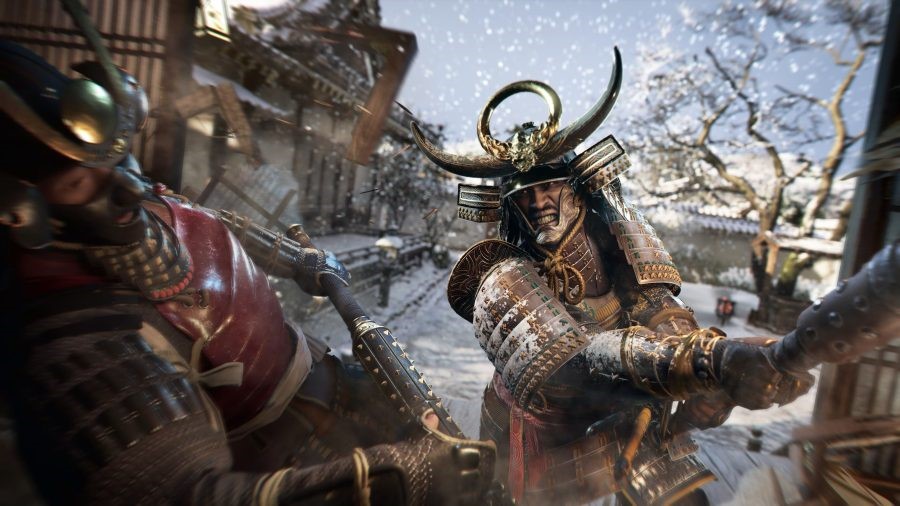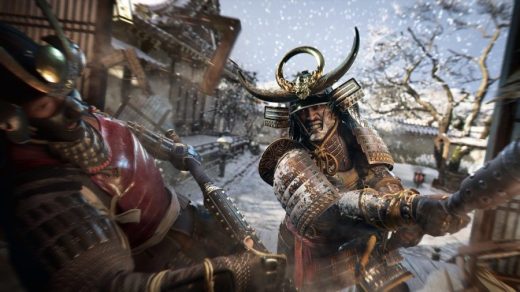Assassin’s Creed Shadows makers apologize for use of military flag without permission
Assassin’s Creed Shadows makers apologize for use of military flag without permission

Assassin’s Creed Shadows continues to drag criticism and summon apologies from Ubisoft. This time, it involves the use of a flag that belongs to a group of military re-enactors in Japan.
Ubisoft on July 8 apologized (via a post on X) to the group, Sekigahara Teppo-tai, who commemorate the Battle of Sekigahara on Oct. 21, 1600, a pivotal moment in Japan’s feudal history. The flag has been seen in concept art showing the adventure game, which was announced on May 16.
2019?10?27??????????????????????????????????????? pic.twitter.com/Ccw0g21nHH
— ??@?????? (@matchlock_kage) June 17, 2024
Military re-enactors tend to be a rather conservative lot and Ubisoft was already taking stick from Japanese fans for the ethnicity of the main characters.
Now the French publisher has to apologize for something it’s been accused of before, which is using art that developers find on the Internet and don’t have the rights to.
Sekigahara Teppo-tai confirmed on X that Ubisoft had apologized. While their flag won’t be used going forward, Ubisoft said there are instances that aren’t possible to eliminate or replace, such as an art book that will be sold with a premium edition of the game.
Assassin’s Creed Shadows will launch Nov. 15, 2024 for PC, PlayStation 4, and Xbox Series X.
The post Assassin’s Creed Shadows makers apologize for use of military flag without permission appeared first on ReadWrite.
(9)


